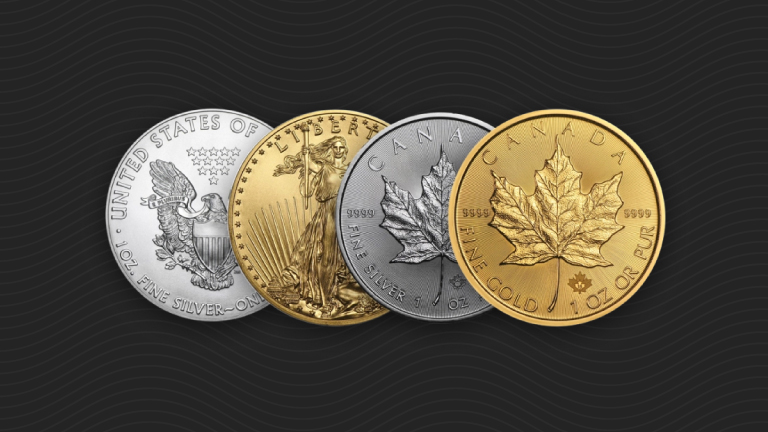Gold’s Allure Tied to Interest Rates
Michael Pento’s Market Commentary
The continued bull market in the price of gold has been one of the staple discussions in the financial media for the better part of a decade. But, in that time, almost no consensus has emerged to explain the phenomenon. If you ask ten Wall Street pundits to explain the upward movement, you will most likely get nearly ten different answers.
While most logically identify global currency debasement as a primary cause, others say that gold is driven by: fear of economic uncertainty, central bank gold hording, international political conflict, or the ebb and flow of the Indian wedding season. The truth is the main drivers for the price of gold are the level and direction of real interest rates and the intrinsic value of the dollar.
Most people (outside of Washington) understand that printing money dilutes the value of the currency being printed. When a currency drops, the nominal price of hard assets in that currency generally rises. But the relationship between gold and monetary expansion is not that simple.
The act of central bank money printing temporarily drives down nominal interest rates, while at the same time creating inflation and lowering the intrinsic value of the currency that is printed. Therefore, subtracting rising rates of inflation from falling nominal interest rates results in a falling real rate of interest. Once real rates become negative, the liability of holding gold, which offers no interest income, disappears. The more real interest rates fall, the greater incentive for investors to own gold.
However, sometimes other factors come into play that prevent a debased currency from losing value against other currencies. It all depends on the actions taken by other central bankers. Hence, investors cannot divine the direction of gold simply by determining the state of nominal interests rates in the US or by the dollar’s value relative to other currencies.
This brings up two questions; should owners of gold fear rising yields on Treasuries, or a rise of the dollar against, say, the euro? The answers to those questions can be found by examining whether the rise in nominal rates is also accompanied by rising real interest rates and if the rise in the dollar is due to a decrease in its supply.
For example, back in January of 1977, the dollar price of gold began an epic bull market, which ended just prior to February of 1980. Gold soared from $135 dollars per ounce to just under $860 per ounce during those three years. This move occurred while nominal rates were rapidly rising. The yield on the Ten Year Treasury soared from 7.2% in January of 1977 to 12.4% in February of 1980. But the increase in yield was just in nominal terms because the YoY change in the CPI jumped from 5.2% in January of 1977 to 14.2% in February of 1980. During that bull market in gold, real interest rates fell from a positive 2% to a negative 1.8%, despite the fact that nominal rates increased by 520 bps.
Yesterday’s release from the BLS showed the October Producer Price Index increased by .4%, while the YoY increase in PPI jumped 4.3%. However, the Fed will most likely seize upon the month-over-month change in the core rate, which registered a negative .6%. Bernanke will overlook the largest YoY increase in PPI since May and instead worry about the deflation anticipated by core prices. That means he will find cover to print more money, thus – at least for now – keeping nominal rates from rapidly rising, while pushing inflation even higher. Real interest rates should fall and the price of gold should thus remain in its secular bull market. In my opinion, there is little danger that nominal rates will outpace the increase in the rate of inflation until the Fed unwinds its balance sheet like it did under Paul Volcker 30 years ago.
Likewise, an increase in the value of the dollar against another currency likely indicates that the central bank of the other country is lowering real interest rates and diluting the purchasing power of that currency at a greater pace than the Fed. It does not necessarily indicate that the supply of dollars is contracting or that our currency’s intrinsic value has increased.
There will come a time when the Fed’s pursuit of inflation causes a massive crisis of confidence in our bond market and in our currency. A sudden and dramatic spike in nominal rates would send real interest rates rising and cause devastation in most markets, including gold. However, because the Fed’s likely answer to such a crisis would be to create more inflation, any pullback in gold should be muted as compared to stocks, bonds, and other commodities.

